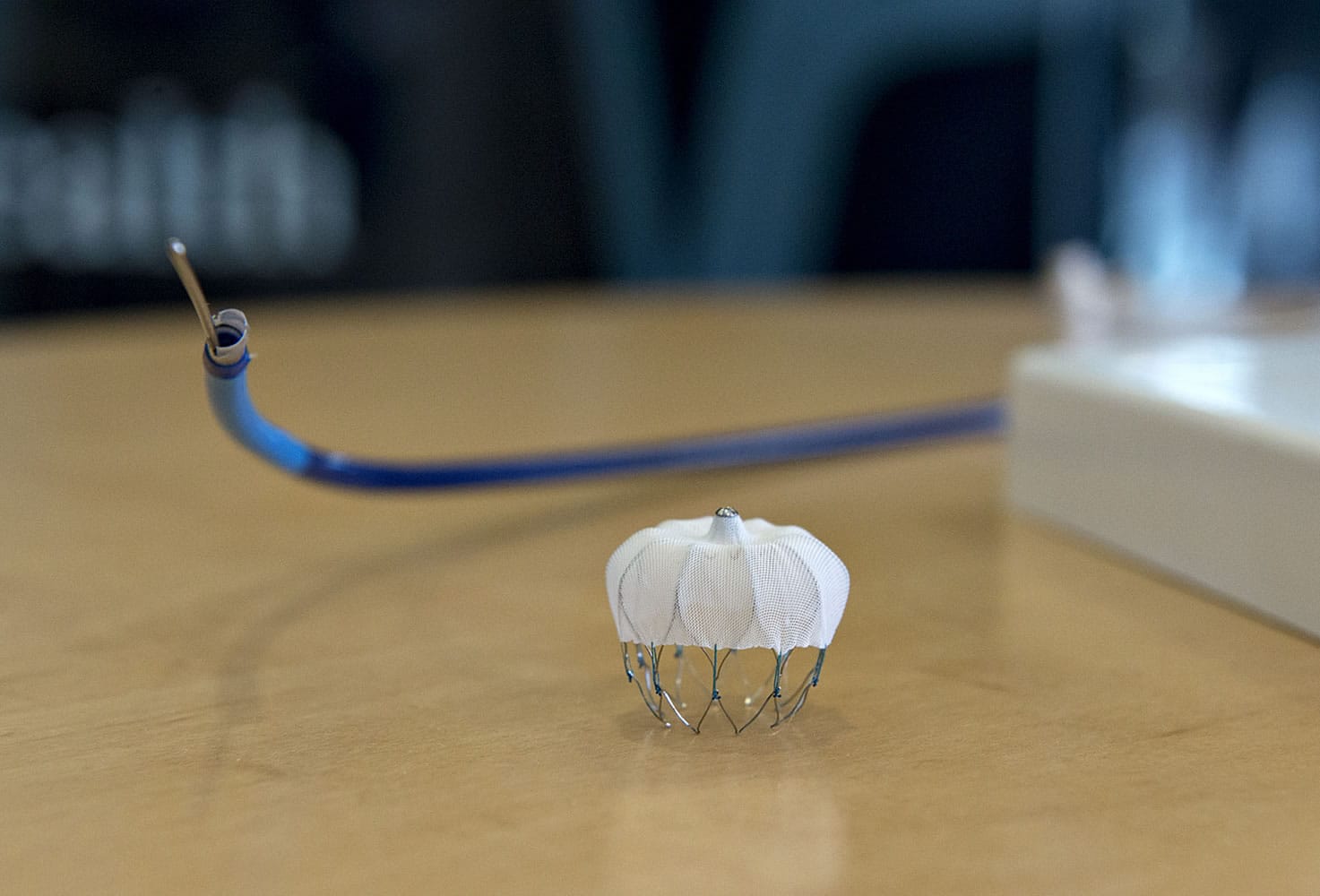People with Medicare and Medicaid now have access to a new alternative to blood-thinning medication to reduce the risk of stroke among atrial fibrillation patients.
The Centers for Medicare and Medicaid Services announced this month it will cover the costs for implantation of a new device, called a Watchman Left Atrial Appendage Closure, for people who meet specific criteria. In October, cardiologists with PeaceHealth Southwest Medical Center and the Vancouver Clinic began offering the new device, which was approved by the Food and Drug Administration in March.
The Centers for Medicare and Medicaid Services approval clears the way for broader use of the device.
“We’re excited for our patients,” said Mario Fabris, director of cardiac services at PeaceHealth Southwest, in a news release. “This is going to be a great benefit to our patients and community.”
The Watchman is aimed at preventing blood clots that can cause strokes — a life-threatening complication of atrial fibrillation — without the use of warfarin or other blood thinners.
Irregular heartbeat
Atrial fibrillation, or AFib, is an irregular and often rapid heart rate. During atrial fibrillation, the heart’s two upper chambers beat chaotically and irregularly, out of coordination with the lower two chambers of the heart. Patients with atrial fibrillation are at risk of stroke because of a small pouch — the left atrial appendage — on the heart.
Typically, that pouch pulses normally as the heart pumps. But when the heart is in atrial fibrillation, the pouch quivers. That allows blood to pool in the pouch and form clots. If those clots break free, they can travel to the brain and cause a stroke.
To prevent those clots from forming, many AFib patients who are at risk of stroke receive blood-thinning medication.
But the medication comes with its own risk: bleeding throughout the body, which could cause another type of stroke.
The Watchman allows cardiologists to seal the pouch to prevent blood from pooling and clotting.
Cardiologists use a catheter to place the implant in the left upper chamber of the heart. The implant opens like a parachute and is placed at the opening of the pouch.
The patient must continue to take blood thinners for 45 days after the procedure, in which time a thin layer of tissue grows over the implant and seals the opening. After that, more than 90 percent of people in clinical studies were able to stop taking blood-thinning medication.
“The device is a big step forward for treatment of atrial fibrillation, a chronic problem that is growing as our population ages,” said Dr. James Reiss, a PeaceHealth Southwest electrophysiologist, in the news release. “It’s a device that really helps patients that can’t or shouldn’t be on blood thinners.”




